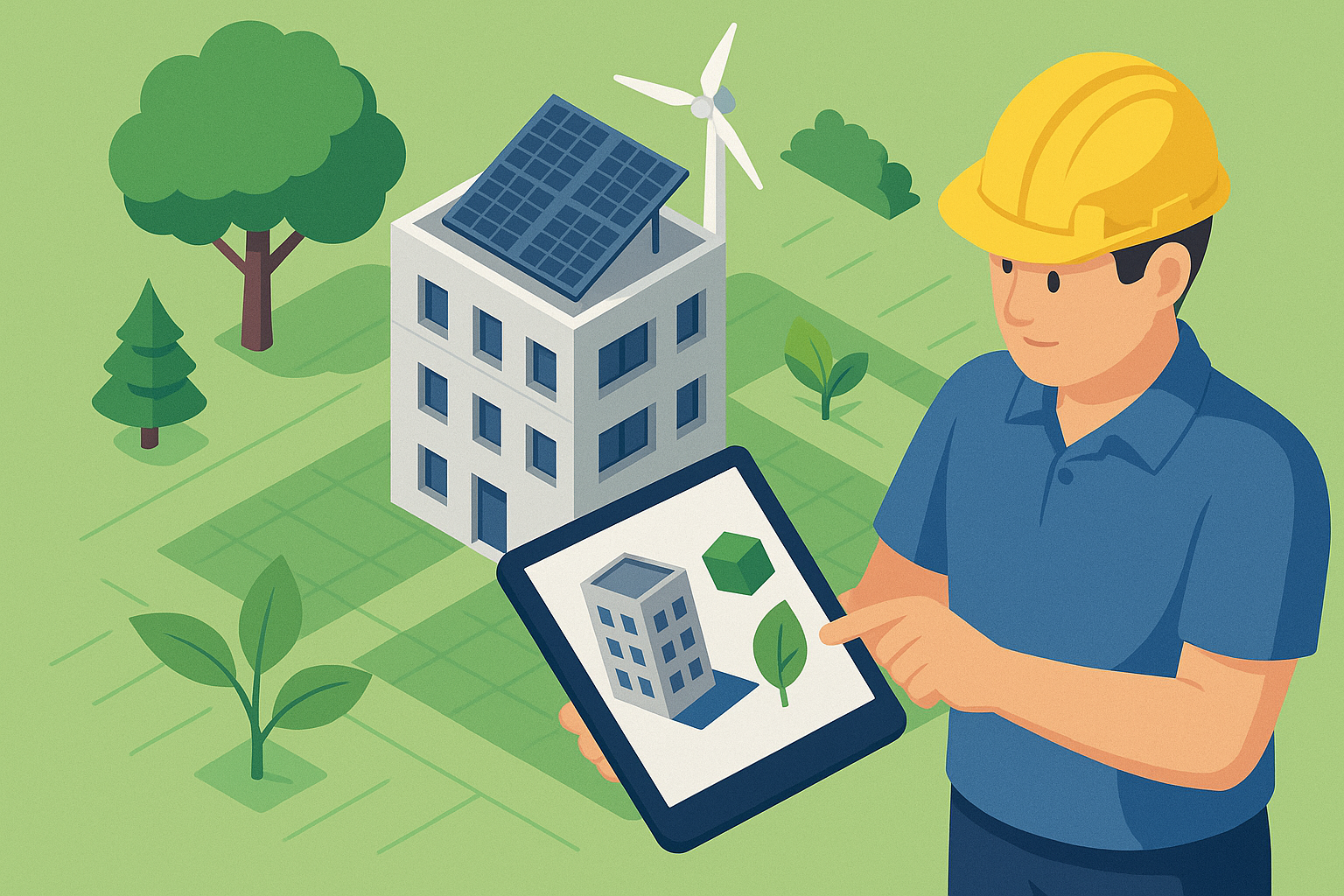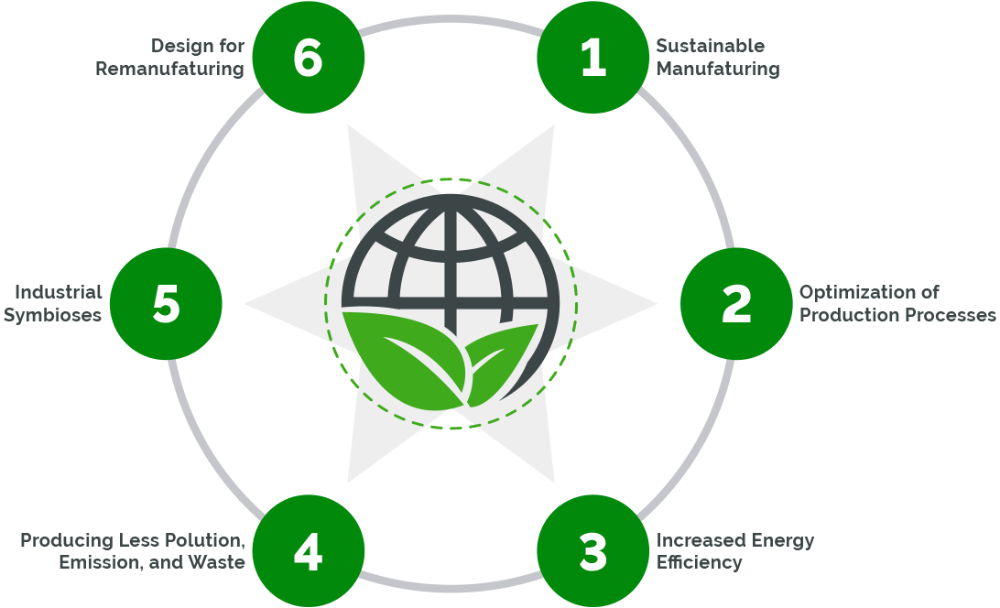The collective aspiration for a healthier planet is increasingly shaping the way we approach the built environment. Our homes, offices, and the very fabric of our cities hold immense potential for positive change.
Traditionally, the construction industry has been a significant consumer of resources and a considerable generator of waste. However, a paradigm shift is underway, driven by innovative technologies and a growing awareness of environmental responsibility.
At the forefront of this transformation lies Building Information Modelling, or BIM, a sophisticated methodology that empowers smarter decision-making throughout the entire lifecycle of a building.
Imagine a comprehensive digital replica of a building, far exceeding the capabilities of a traditional blueprint. BIM serves as this intelligent model, a collaborative platform that integrates all stakeholders involved in a project – from visionary architects and meticulous engineers to efficient builders and proactive facility managers.
This unified digital environment fosters seamless communication, enhanced coordination, and ultimately, the ability to design and construct buildings in a manner that is significantly kinder to our planet.
BIM: More Than Just a Digital Blueprint for a Sustainable Future
BIM transcends the realm of mere visualization; it acts as a powerful analytical tool that enables us to make environmentally conscious choices from the initial conceptualization of a project. Its impact on sustainability is multifaceted and profound:
1. Intelligent Energy Optimization through Simulation and Analysis:
One of the most significant contributions of BIM to green building lies in its capacity for sophisticated energy analysis. Imagine being able to simulate the interplay of sunlight with a building’s facade at different times of the day and throughout the year – all before a single brick is laid. BIM empowers designers with this crucial insight.
By accurately predicting solar heat gain and natural light penetration, architects can strategically orient buildings, optimize window placement and sizing, and design effective shading systems.
This informed approach minimizes the reliance on artificial lighting and HVAC (heating, ventilation, and air conditioning) systems, leading to substantial reductions in operational energy consumption and associated carbon emissions.
Furthermore, BIM facilitates the evaluation of various building materials based on their thermal performance. Designers can virtually test different insulation types, window glazing options, and wall assemblies to identify those that offer optimal energy efficiency for the specific climate and building usage.
This “digital prototyping” allows for data-driven material selection, ensuring a comfortable indoor environment with minimal energy expenditure – akin to choosing the most suitable “clothing” for a building to withstand the prevailing weather conditions.
2. Resource Efficiency and Waste Reduction through Precise Material Management:
Construction has historically been associated with significant material waste, often ending up in landfills and contributing to environmental degradation.
BIM Services offers a powerful solution by enabling precise quantification and management of building materials. By creating a detailed digital model, BIM allows for accurate estimation of the exact quantities of every component required – from structural steel and concrete to bricks, pipes, and finishes.
This eliminates over-ordering and the subsequent disposal of surplus materials, promoting resource conservation and reducing waste generation.
Moreover, BIM facilitates the exploration and integration of greener, more sustainable building materials. The digital model can incorporate information about the embodied energy and environmental impact of different material choices, allowing designers to make informed decisions that minimize the project’s ecological footprint.
This could involve selecting locally sourced materials, recycled content products, or materials with lower manufacturing emissions. It’s about adopting a mindful approach to resource utilization, mirroring the efforts we make in our own homes to reduce consumption and waste.
3. Minimizing Construction Errors and Rework for a Smoother, Greener Process:
Construction sites can be complex environments where errors and miscommunications can lead to costly rework and significant material waste. BIM acts as a central, shared information hub that provides all project stakeholders with a clear and comprehensive understanding of the design intent.
The detailed digital model facilitates clash detection – identifying potential conflicts between different building systems before construction even begins. This proactive approach allows for design adjustments in the virtual realm, preventing costly and wasteful rework on site.
The clarity and accuracy provided by BIM also streamline the construction process, ensuring that contractors have precise instructions and specifications.
This reduces the likelihood of errors, minimizes material wastage due to mistakes, and contributes to a more efficient and environmentally responsible building process – akin to having crystal-clear instructions for a complex assembly project, minimizing the chances of missteps and wasted components.
4. Long-Term Sustainability through Lifecycle Management and Deconstruction Planning:
The benefits of BIM extend far beyond the design and construction phases. The rich data embedded within the digital model can be leveraged for efficient facility management throughout the building’s operational lifespan.
BIM can be used to track energy consumption patterns, schedule predictive maintenance, optimize building performance, and ultimately reduce the environmental impact of the operational phase.
Furthermore, BIM facilitates end-of-life planning and promotes the principles of a circular economy in the built environment. The digital model can contain information about the materials used in construction and their potential for reuse or recycling at the end of the building’s lifecycle.
This enables informed decision-making regarding deconstruction and material recovery, minimizing waste and maximizing the value of resources. It’s about adopting a holistic perspective, considering the entire lifecycle of a building from cradle to grave (or cradle to cradle).
Concrete Applications of BIM for a Sustainable Future:
The principles outlined above translate into tangible actions and outcomes through specific BIM functionalities:
1. Energy Performance Analysis:
BIM software integrates with energy simulation tools to provide detailed insights into a building’s predicted energy consumption, allowing for the identification and implementation of energy-saving measures.
2. Solar Analysis:
BIM tools can analyze solar irradiance on building surfaces, optimizing building orientation, window design, and shading devices to maximize natural light and minimize unwanted heat gain.
3. Material Take-Off and Environmental Impact Assessment:
BIM automatically generates accurate material quantities, which can be linked to databases containing information about the environmental impact of different materials, enabling informed and sustainable material selection.
4.Waste Management Planning:
By providing precise material quantities and facilitating efficient construction sequencing, BIM helps minimize on-site waste generation and supports the development of effective waste management plans.
5. Lifecycle Assessment Integration:
BIM can be linked with lifecycle assessment (LCA) tools to evaluate the overall environmental impact of a building throughout its entire lifespan, from material extraction to disposal or recycling.
Overcoming Challenges and Embracing the Future of Sustainable BIM:
While the adoption of BIM for greener buildings is gaining momentum, certain challenges remain. Interoperability issues between different software platforms can hinder seamless data exchange and collaboration.
Furthermore, the development of standardized guidelines and best practices for leveraging BIM to track and measure sustainability metrics is crucial for widespread and effective implementation.
Recommended: 5 Top Complications Occur During BIM Implementation
However, the trajectory is undeniably positive. Advancements in technology, coupled with a growing industry commitment to sustainability, are paving the way for even more sophisticated and impactful applications of BIM in green building.
Artificial intelligence (AI) and machine learning (ML) are being integrated with BIM to automate energy analysis, optimize material selection, and predict building performance with greater accuracy.
As these technologies mature, BIM will become an even more powerful tool for creating a truly sustainable built environment.
In Conclusion:
Building a brighter, greener future is not merely an aspiration; it is a responsibility that demands innovative solutions and collaborative efforts. BIM stands as a transformative technology that empowers us to design, construct, and manage buildings with greater intelligence, efficiency, and a profound awareness of our environmental impact.
By embracing the principles and functionalities of BIM, we are not simply erecting structures; we are actively shaping a more sustainable and resilient future for generations to come, one smart design at a time.
For organizations seeking to harness the power of BIM and CAD solutions to achieve their sustainability goals and optimize their design and construction workflows, Arcengine’s expert team provides tailored BIM implementation strategies, and ongoing support to help you integrate sustainable practices into every stage of your building projects.
Contact Arcengine Technologies LLC today to explore how our innovative solutions can drive efficiency, reduce environmental impact, and contribute to a brighter, greener future for your organization and the planet.


